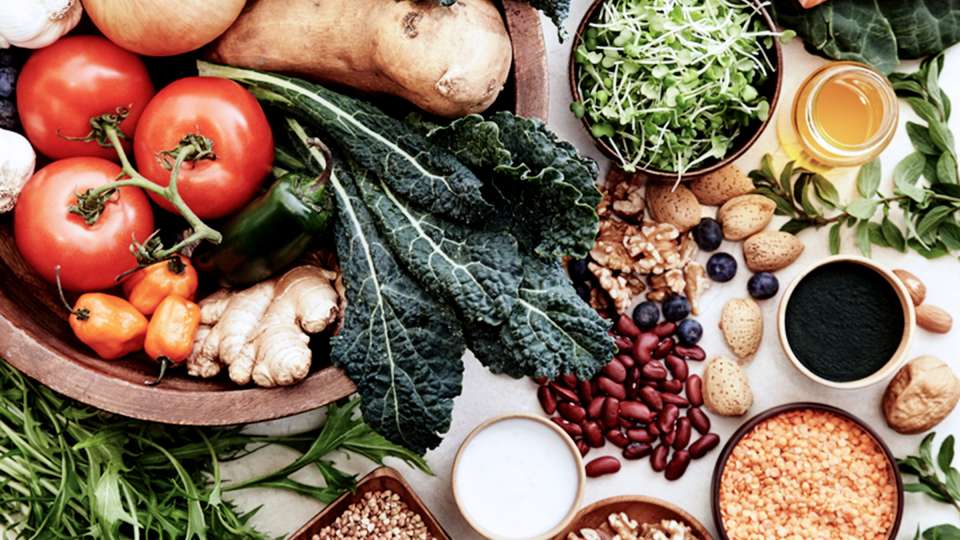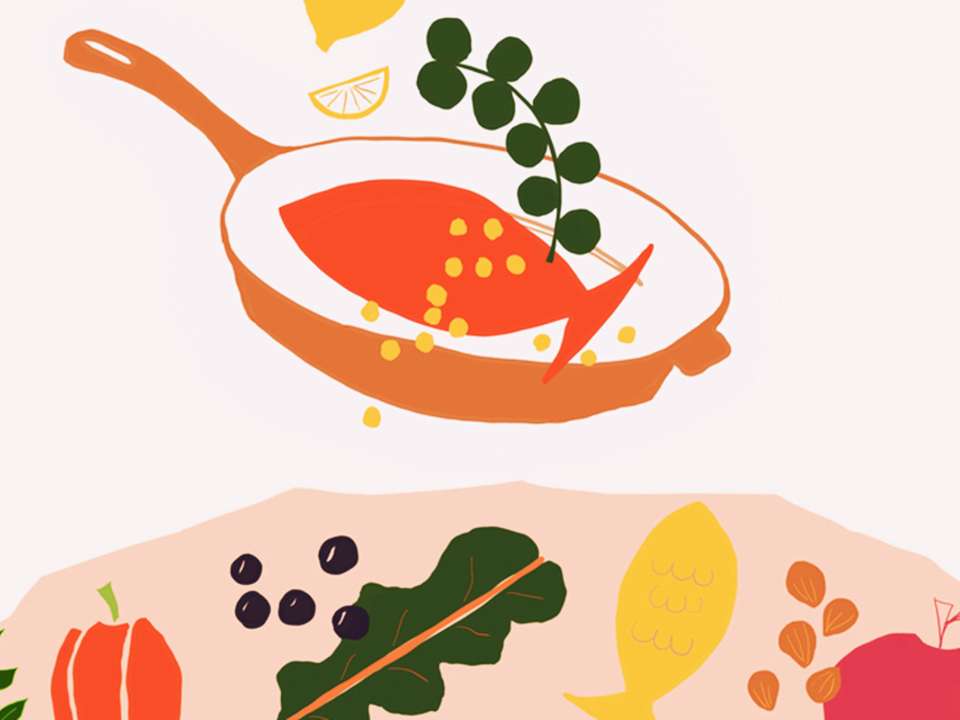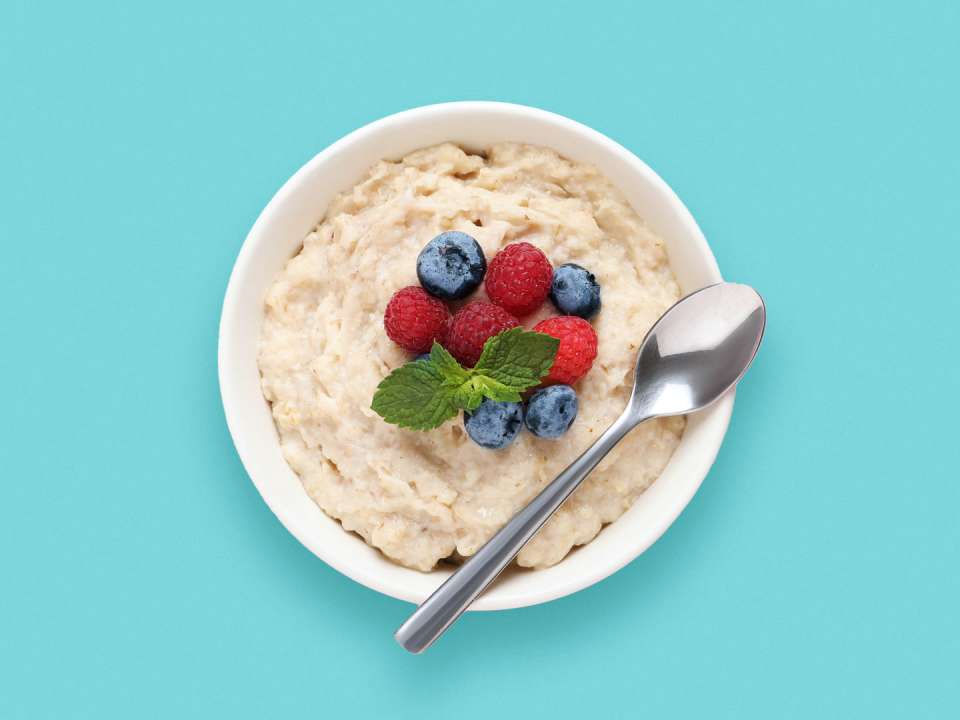
We’ve all heard it before, be it from Instagram influencers, a “best of” list or even produce packaging: Certain vegetables have entered the elite category of superfood. And from kale T-shirts to that avocado-themed Superbowl commercial, these greens have achieved a cult following.
But is there any truth behind the claims that superfood veggies are healthier than your average pea or spud? And what actually is a superfood, anyway?
Here’s how beloved veggies measure up and what you need to know to maintain a healthy, balanced diet.
The truth about superfoods
Despite the term’s frequent use, there is no regulated or scientifically based definition for superfoods. The Food and Drug Administration has not released an official definition, and back in 2007, the European Union went so far as to ban the phrase.
The myth of miracle, cure-all superfoods prevails because of businesses that aim to increase sales — not to provide accurate and holistic nutrition advice. And many medical professionals, like Karen Conger, a registered dietitian at Harborview Medical Center, believe the term does more harm than good.
“I find that people are overwhelmed enough trying to make healthy choices,” Conger says. “The more rules there are, the more stressful it is.”
Although so-called superfoods do have nutritional benefits — and some might have more of a specific nutrient than other veggies — focusing on one specific vegetable isn’t all that helpful.
“There is no one superfood vegetable because they are all so great in different ways,” says Vanessa Imus, a registered dietitian at the UW Medicine Weight Loss and Metabolic Surgery. “You should include a variety of vegetables in your diet, as each vegetable contains a slightly different nutrient profile.”
Why you should eat a wide range of vegetables
Stressing specific produce choices can cause you to add moral value to your food and label what you eat as good or bad. This can be overwhelming and leave you feeling guilty if you don’t eat the “right” veggie.
“There are benefits to whatever vegetables you are able to incorporate into your diet,” says Conger. “Over the course of the day or month, adding a variety of vegetables into your meals will help you meet all your nutrient needs.”
Instead of sticking to a regimented diet of superfoods, experiment with different types of veggies to find what tastes good to you.
If you find kale bitter and gross, don’t force yourself to nosh on heaping salads of the stuff. Instead, swap it for the leafy greens you enjoy. Choosing vegetables you actually like will make it easier to keep a healthy diet.
“Every vegetable has some kind of benefit. Potatoes are often a maligned vegetable because they’re starchy, but they have vitamin C and potassium. There’s a way to include them too,” Conger says.
If you do prefer some light structure, the plate method, a general set of guidelines from the U.S. Department of Agriculture, recommends filling half your plate with an array of veggies and some fruit.
And if portioning out food makes you nervous, aim to eat one fruit or vegetable at each snack or meal.
The bottom line?
Adding vegetables to your meals — whether they have been deemed superfoods or not — provides a whole host of body-loving benefits, like an increase in vitamins, minerals, water and fiber.
Tips on how to eat your veggies (and like them too)
If a quick fix of super greens isn’t the answer, how can you incorporate more vegetables into your diet?
Cook at home
One of the best ways to add veggies to your meals is to prepare your own food.
Trying the plate method? Cooking at home makes it easier to add vegetables into trickier meals like breakfast and snacks.
Toss a handful of spinach into your morning smoothie or scramble your eggs with some mushrooms and bell peppers, Imus says. You can give your favorite recipes a boost by adding some roasted garlic or onion, and swap chips with celery for a healthier snack with the same satisfying crunch.
Conger also recommends pressure cookers and slow cookers for quick, easy meals along with meal planning so that you have healthy, premade lunches and dinners ready to go for those days when you’re too busy to cook.
Mix things up
Avoid flavor monotony by experimenting with different vegetables and cooking techniques that will please even the pickiest eaters.
“A lot of times people just had bad experiences as kids with vegetables, whether they were forced on them or the cooking methods were horrible,” Conger says.
Instead of falling into your usual routine of carrots and broccoli, try something new or give a previously shunned vegetable another shot. Conger recommends roasting your produce, which gives it a sweeter flavor.
And if staring down a plateful of veggies still sounds less than appetizing, Imus recommends finely chopping or blending vegetables into a soup or spaghetti sauce — a sneaky solution that works for kids and adults.
Another kid-approved option is to slip veggies into healthier dessert alternatives, like zucchini muffins and beet or sweet potato brownies.
That said, make sure you still offer your kids vegetables by including some pieces on their plate each meal.
“If you don’t offer vegetables, they will never eat them,” Imus says.
Add some color
Not only is adding color to your plate fun, it’s a surefire way to pack a nutritional punch.
“Each color signifies a different phytochemical in that food, which is going to have its own health benefits,” Imus says.
Phytochemicals, or compounds in vegetables and other plants, help to create their unique color, taste and scent. And researchers have also found these compounds provide health benefits ranging from fighting inflammation to protecting against disease.
For example, all bell peppers have roughly the same amount of calories, fiber and vitamin C, but the varied colored peppers boast different health benefits due to their phytochemicals.
Unlike the narrow superfood category, filling your plate with bright colors is tasty, enjoyable and gives you the antioxidants needed to live a healthier life.
“It always comes back down to eating whole foods, things that are less processed. Vegetables are such a great category to include,” Conger says.
That sounds pretty super to us.

 Healthy ideas for your inbox
Healthy ideas for your inbox





